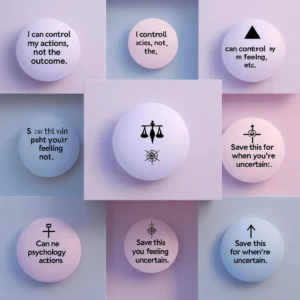Music
Cognitive psychology
Human
Human Behavior
Personal Growth
Positive Psychology
baby brain development, baby sleep, Brahms lullaby, classical music for babies, infant sleep psychology, lullaby science, Mozart effect, neuroscience baby sleep, psycsci parenting, white noise for infants
Dona T
0 Comments
🎵 Why Mozart, Brahms, and White Noise Are Good for Babies: A Scientific Explanation
Many parents instinctively play calming music for their babies—but what does science say about it? Do Mozart’s compositions, Brahms’ lullabies, or white noise actually help infants sleep better and develop emotionally? Psychology and neuroscience offer clear, evidence-backed answers.
🧠 How Sound Affects a Baby’s Brain
- A newborn’s brain is highly sensitive to sound stimuli.
- Early acoustic stimulation supports the development of auditory pathways and emotional regulation.
- Predictable, soothing sounds foster a sense of safety and cognitive stability—critical for healthy brain development.
🎼 The Mozart Effect (Yes, It’s Real for Babies)
Mozart’s music is rich in rhythmic symmetry and harmonic balance, making it easy for an infant’s brain to process.
- It stimulates the temporal cortex, the part of the brain involved in sound and language processing.
- Listening to Mozart enhances neural connectivity during the most critical months of brain development.
🎶 Brahms and the Beat of the Heart
Brahms’ “Lullaby” mimics the rhythm of the mother’s heartbeat (around 60–70 BPM), familiar from the womb.
- The repetitive, gentle melody synchronizes with the baby’s brainwaves, promoting deep sleep.
- This kind of music enhances emotional security and calmness.
⚪ Why White Noise Works So Well
- White noise is a consistent sound that contains all frequencies the human ear can hear, blended evenly.
- It acts as an acoustic shield:
- Masks sudden external noises (like traffic or door slams)
- Replicates the womb’s sound environment
- Encourages longer, uninterrupted sleep
- White noise is especially effective for fussy or colicky babies, helping them transition between sleep cycles smoothly.
Playing Mozart, Brahms, or white noise isn’t just a cute bedtime routine — it’s a science-backed method for nurturing your baby’s neurological, emotional, and sleep development. These sounds build a safe acoustic environment, giving babies the peace and structure they need in a world that’s brand new to them.
📚 References
- Trainor, L. J., & Heinmiller, B. M. (1998). The development of evaluative responses to music: Infants prefer to listen to consonance over dissonance. Infant Behavior and Development, 21(1), 77–88.
👉 https://doi.org/10.1016/S0163-6383(98)90055-8 - Schoen, M. H., et al. (2005). Music and infants’ brain development. The Neuroscientist, 11(5), 400–407.
👉 https://doi.org/10.1177/1073858405278321 - Spencer, J. A., Moran, D. J., Lee, A., & Talbert, D. (1990). White noise and sleep induction. Archives of Disease in Childhood, 65(1), 135–137.
👉 https://www.ncbi.nlm.nih.gov/pmc/articles/PMC1792450/















Post Comment